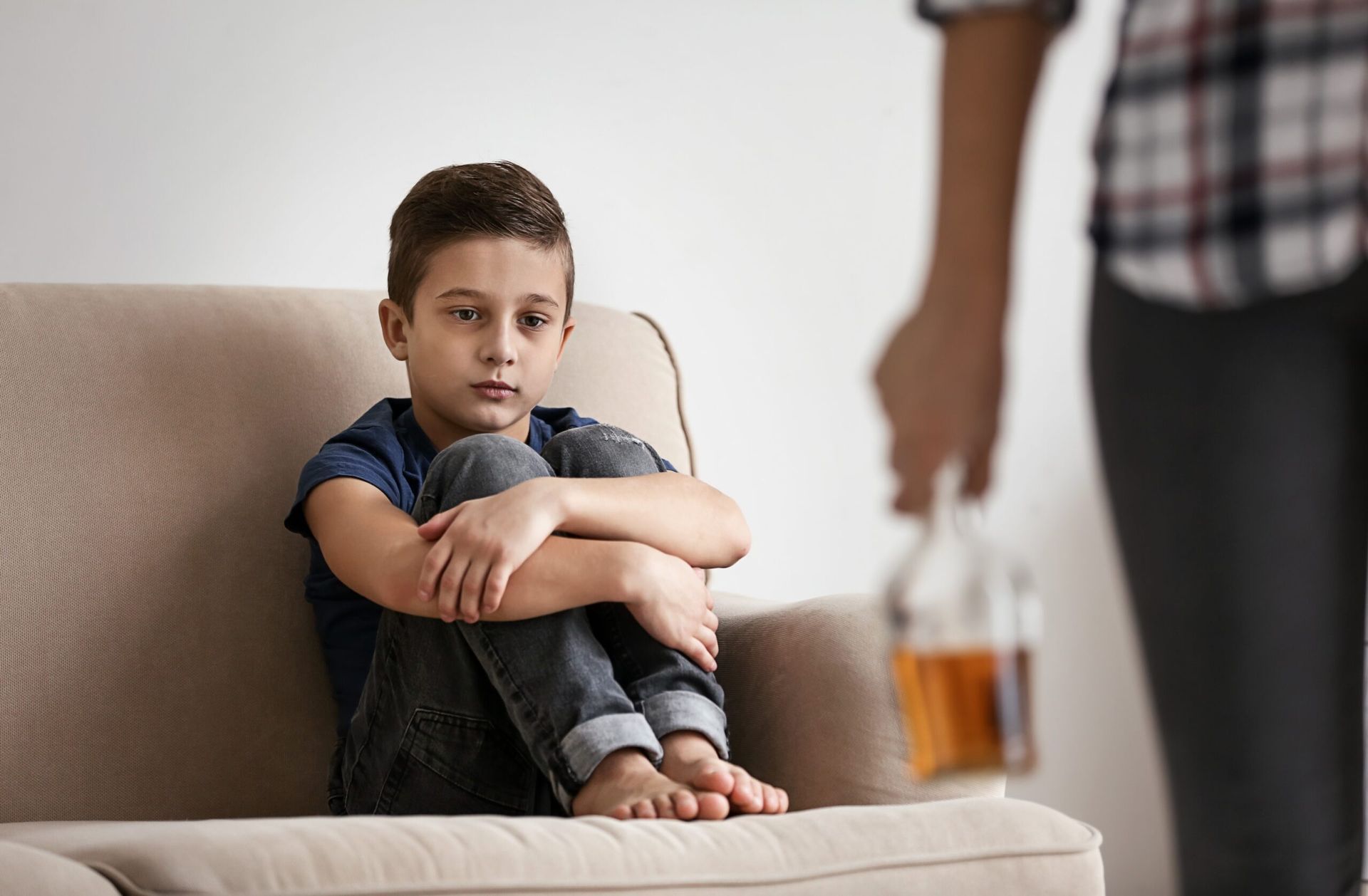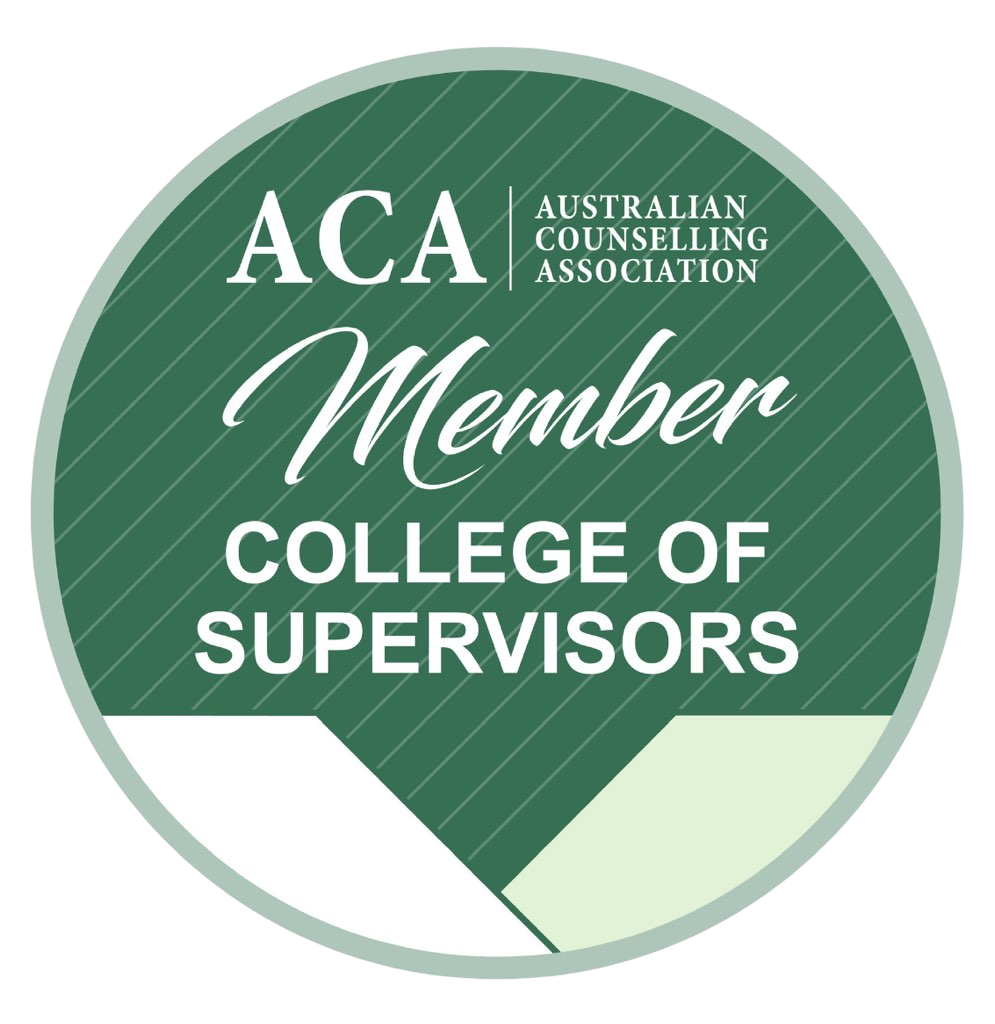Explore Our Blog
The Link Between Childhood Trauma and Addiction
Advance Minds Blog
A safe space to explore subjects within the community such as mental health, substance abuse and personal identity.
Our safe space also provides the opportunity for real individuals to express their hardships and success through writing.
Not all wounds bleed. Some are invisible — carried deep inside the body and brain. Childhood trauma can be one of the most powerful risk factors for addiction later in life.

When kids grow up feeling unsafe, unloved, or unseen, their nervous system stays in survival mode.
That stress gets stored — and often resurfaces as anxiety, depression, or a need to numb the pain.
Substance use can feel like a temporary escape.
But over time, it becomes a new kind of trap.
🧩 What Counts as Childhood Trauma?
Trauma isn’t just about big events. Sometimes, it’s what didn’t happen — safety, love, consistency, or care.
Common childhood traumas include:
🏚️ Physical, emotional, or sexual abuse
🍽️ Neglect or abandonment
🚨 Living in a home with domestic violence
🧬 Growing up around addiction or mental illness
🪦 Loss of a parent or caregiver
🔁 Repeated instability or foster care
Even one of these experiences can increase the risk of developing coping mechanisms like drug or alcohol use later in life.
🧠 How Trauma Affects the Brain
When a child experiences trauma, the brain goes into protection mode — fight, flight, or freeze. But if the danger is constant, the brain never gets the message that it’s safe again.
This leads to:
⚠️ A hypersensitive stress response
🛑 Impaired emotional regulation
🚪 Trouble forming healthy relationships
⛓️ Increased risk of impulsive or risky behavior
Substances like alcohol, nicotine, or drugs can temporarily soothe those symptoms — which is why so many trauma survivors turn to them without realizing the deeper connection.
🔄 Trauma and the Cycle of Addiction
For many, addiction doesn’t start with a party — it starts with pain.
🎭 Substance use becomes a mask for shame, fear, and sadness
🧯 Drugs may feel like a way to calm the storm inside
🔁 But the relief doesn’t last — and often creates new pain
💥 Trauma responses become addiction triggers
🧩 And addiction brings more trauma — like isolation, guilt, or violence
It’s a cycle that can feel impossible to break. But healing is possible.
💬 Real Healing Starts With the Root
Recovery is not just about quitting a substance — it’s about healing what made the substance feel necessary in the first place.
Trauma-informed treatment helps by:
🧘♀️ Creating safety in the body and mind
🧠 Rebuilding healthy coping strategies
💬 Helping process pain without reliving it
👫 Offering supportive relationships
🌱 Teaching self-worth, boundaries, and regulation
With the right support, people can heal not just from addiction — but from the trauma beneath it.
🛑 Why Ignoring Trauma Doesn’t Work
You can’t just “get over” trauma. And you can’t shame someone into recovery.
When trauma is ignored, it festers — and often leads to relapse, mental health crises, or emotional shutdown.
Real progress happens when we acknowledge the past without letting it define the future.
Final Thoughts ✨🧩
Addiction isn’t always about partying or poor choices. Sometimes,
it’s the adult expression of a child who never felt safe.
By understanding the link between childhood trauma and substance use, we can respond with more compassion, more patience, and more effective care.
Recovery isn’t just about stopping — it’s about healing.

















